What Is Greenwashing? Greenwashing In A Nutshell
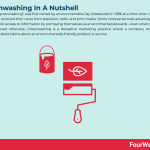

The term “greenwashing” was first coined by environmentalist Jay Westerveld in 1986 at a time when most consumers received their news from television, radio, and print media. Some companies took advantage of limited public access to information by portraying themselves as environmental stewards – even when their actions proved otherwise. Greenwashing is a deceptive marketing practice where a company makes unsubstantiated claims about an environmentally-friendly product or service.
Understanding greenwashingOne such company was Chevron, which produced a series of television and print advertisements in an attempt to convince the public of its green credentials. Various ad campaigns depicted Chevron employees appearing to protect bears, sea turtles, and butterflies, among many other animals. The commercials had their desired effect, with the company winning an Effie advertising award in 1990.
Later, Chevron’s dubious claims were made the subject of a Harvard Business School study. The study became notorious among scholars and environmentalists alike, who proclaimed the company to be the gold standard of greenwashing.
Greenwashing is the corporate practice of making sustainability claims to cover a questionable environmental record. Companies use greenwashing techniques when promoting their products to appeal to the environmentally-conscious consumer, with buzzwords such as “sustainable”, “ecofriendly”, and “natural” frequently cited.
There may be some degree of truth in the environmental claims an organization makes. However, these claims are deliberately exaggerated or misrepresented to mislead consumers for financial gain.
The six sins of greenwashingIn an earlier 2007 study, environmental firm TerraChoice examined thousands of products from six category-leading big box stores.
The study, which aimed to describe, understand, and quantify the growth of greenwashing, found there were six common greenwashing patterns (or sins):
Hidden trade-offs
Where a company suggests a product is green based on a single environmental attribute while ignoring other, more important issues. For example, paper towel and copy paper is promoted as being made from recycled or sustainable timber with no mention made of manufacturing impacts such as air or water pollution.
No proof
Where a claim is made that cannot be substantiated by easily accessible information. Household lights and lamps are promoted as energy efficient without any real evidence backed by hard data. Shampoos and other personal care products also claimed they were not tested on animals with little supporting evidence.
Vagueness –
These are claims that are so poorly defined that their meaning is likely to be misconstrued by consumers. Companies that claim their products are “chemical-free” are misleading because chemicals are found in everything from plants and animals to water. Similarly, “non-toxic” claims are vague because every substance is toxic in the correct dosage.
Irrelevance –
Irrelevant claims may be truthful but are unimportant and unhelpful to consumers seeking green products. Products that promote themselves as chlorofluorocarbon (CFC) free are irrelevant since their use has been banned for decades.
Lesser of two evils
These are “green” or “organic” products that may hold true within their category but that risk distracting the consumer from the more significant impacts of the category as a whole. Organic tobacco is touted as a green alternative to normal tobacco, but it still poses the same health risks for the smoker.
Fibbing –
As the name suggests, these claims are simply false. Less than 1% of the products in the study displayed this pattern. Nevertheless, a dishwasher detergent purporting to be packaged in 100% recycled paper was made from plastic. Several shampoo products also claimed to be organic, but the researchers did not find evidence of any such certification.
Key takeaways:Greenwashing is a deceptive marketing practice where a company makes unsubstantiated claims about an environmentally-friendly product or service. The phrase itself was coined in 1986 around the time oil company Chevron was making false claims about their environmental credentials.There may be some degree of truth in a greenwashing campaign, though the intent of the company is always to mislead consumers for financial gain. Greenwashing was discovered to occur across six common patterns, or sins. These include hidden trade-offs, no proof, vagueness, irrelevance, the lesser of two evils, and fibbing.Other Types Of Marketing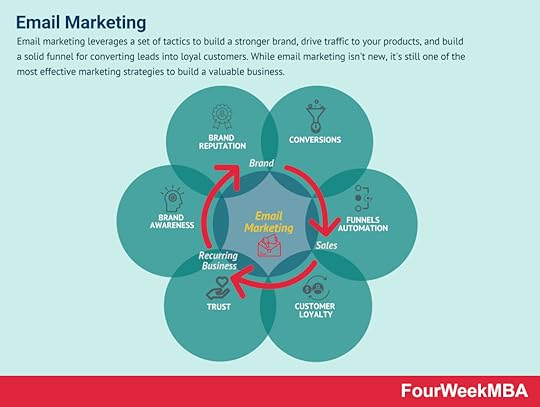 Email marketing leverages a set of tactics to build a stronger brand, drive traffic to your products, and build a solid funnel for converting leads into loyal customers. While email marketing isn’t new, it’s still one of the most effective marketing strategies to build a valuable business.
Email marketing leverages a set of tactics to build a stronger brand, drive traffic to your products, and build a solid funnel for converting leads into loyal customers. While email marketing isn’t new, it’s still one of the most effective marketing strategies to build a valuable business.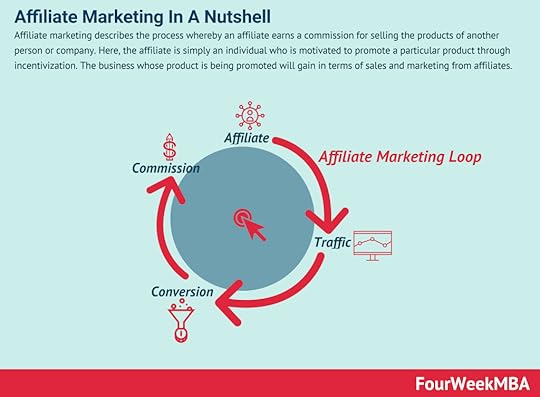 Affiliate marketing describes the process whereby an affiliate earns a commission for selling the products of another person or company. Here, the affiliate is simply an individual who is motivated to promote a particular product through incentivization. The business whose product is being promoted will gain in terms of sales and marketing from affiliates.
Affiliate marketing describes the process whereby an affiliate earns a commission for selling the products of another person or company. Here, the affiliate is simply an individual who is motivated to promote a particular product through incentivization. The business whose product is being promoted will gain in terms of sales and marketing from affiliates.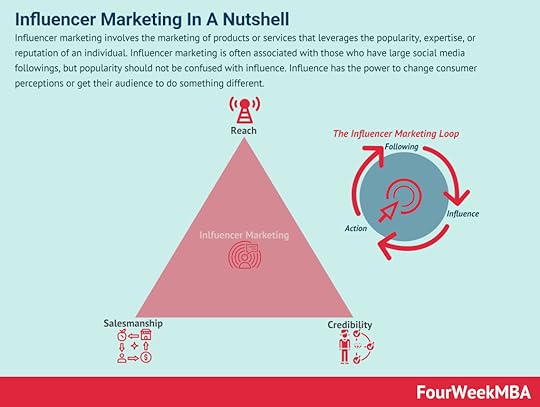 Influencer marketing involves the marketing of products or services that leverages the popularity, expertise, or reputation of an individual. Influencer marketing is often associated with those who have large social media followings, but popularity should not be confused with influence. Influence has the power to change consumer perceptions or get their audience to do something different.
Influencer marketing involves the marketing of products or services that leverages the popularity, expertise, or reputation of an individual. Influencer marketing is often associated with those who have large social media followings, but popularity should not be confused with influence. Influence has the power to change consumer perceptions or get their audience to do something different.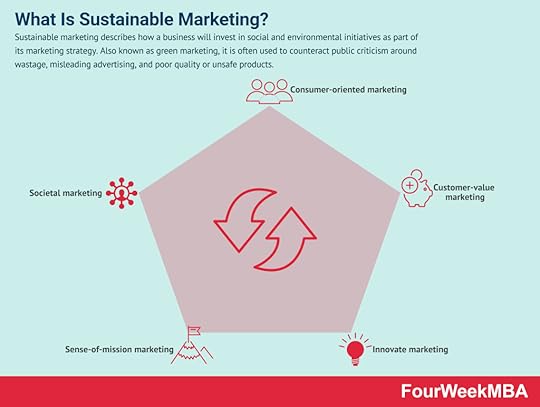 Sustainable marketing describes how a business will invest in social and environmental initiatives as part of its marketing strategy. Also known as green marketing, it is often used to counteract public criticism around wastage, misleading advertising, and poor quality or unsafe products.
Sustainable marketing describes how a business will invest in social and environmental initiatives as part of its marketing strategy. Also known as green marketing, it is often used to counteract public criticism around wastage, misleading advertising, and poor quality or unsafe products.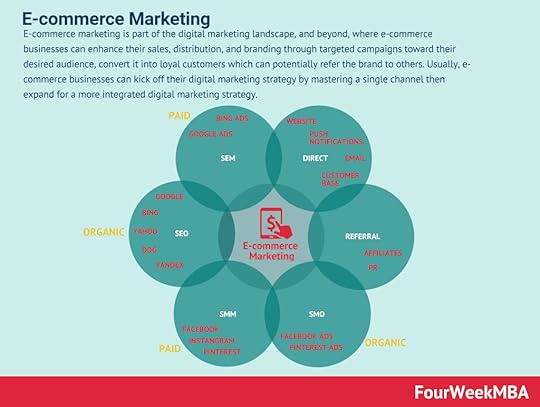 E-commerce marketing is part of the digital marketing landscape, and beyond, where e-commerce businesses can enhance their sales, distribution, and branding through targeted campaigns toward their desired audience, convert it into loyal customers which can potentially refer the brand to others. Usually, e-commerce businesses can kick off their digital marketing strategy by mastering a single channel then expand for a more integrated digital marketing strategy.
E-commerce marketing is part of the digital marketing landscape, and beyond, where e-commerce businesses can enhance their sales, distribution, and branding through targeted campaigns toward their desired audience, convert it into loyal customers which can potentially refer the brand to others. Usually, e-commerce businesses can kick off their digital marketing strategy by mastering a single channel then expand for a more integrated digital marketing strategy.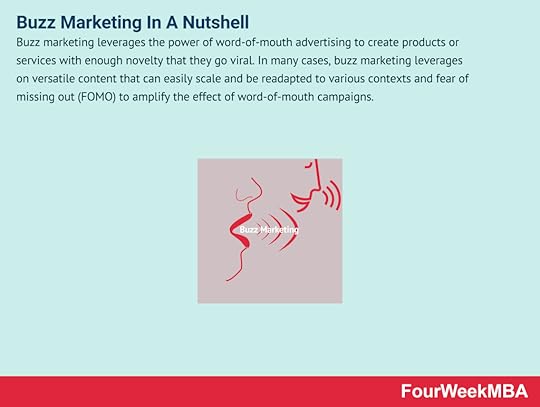 Buzz marketing leverages the power of word-of-mouth advertising to create products or services with enough novelty that they go viral. In many cases, buzz marketing leverages on versatile content that can easily scale and be readapted to various contexts and fear of missing out (FOMO) to amplify the effect of word-of-mouth campaigns.
Buzz marketing leverages the power of word-of-mouth advertising to create products or services with enough novelty that they go viral. In many cases, buzz marketing leverages on versatile content that can easily scale and be readapted to various contexts and fear of missing out (FOMO) to amplify the effect of word-of-mouth campaigns.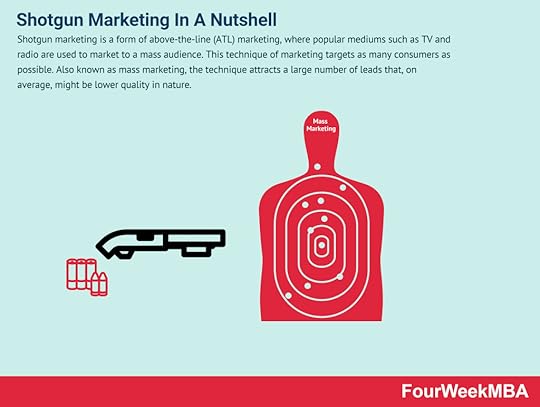 Shotgun marketing is a form of above-the-line (ATL) marketing, where popular mediums such as TV and radio are used to market to a mass audience. This technique of marketing targets as many consumers as possible. Also known as mass marketing, the technique attracts a large number of leads that, on average, might be of lower quality in nature.
Shotgun marketing is a form of above-the-line (ATL) marketing, where popular mediums such as TV and radio are used to market to a mass audience. This technique of marketing targets as many consumers as possible. Also known as mass marketing, the technique attracts a large number of leads that, on average, might be of lower quality in nature.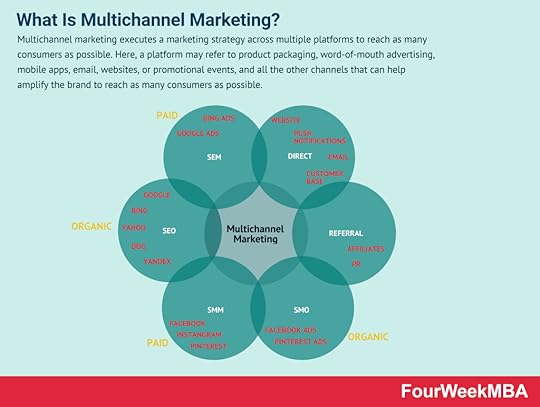 Multichannel marketing executes a marketing strategy across multiple platforms to reach as many consumers as possible. Here, a platform may refer to product packaging, word-of-mouth advertising, mobile apps, email, websites, or promotional events, and all the other channels that can help amplify the brand to reach as many consumers as possible.
Multichannel marketing executes a marketing strategy across multiple platforms to reach as many consumers as possible. Here, a platform may refer to product packaging, word-of-mouth advertising, mobile apps, email, websites, or promotional events, and all the other channels that can help amplify the brand to reach as many consumers as possible.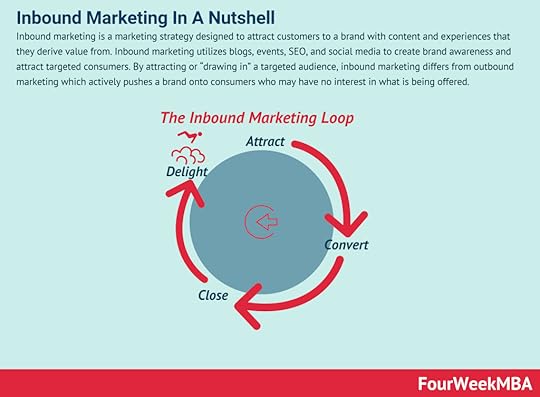 Inbound marketing is a marketing strategy designed to attract customers to a brand with content and experiences that they derive value from. Inbound marketing utilizes blogs, events, SEO, and social media to create brand awareness and attract targeted consumers. By attracting or “drawing in” a targeted audience, inbound marketing differs from outbound marketing which actively pushes a brand onto consumers who may have no interest in what is being offered.
Inbound marketing is a marketing strategy designed to attract customers to a brand with content and experiences that they derive value from. Inbound marketing utilizes blogs, events, SEO, and social media to create brand awareness and attract targeted consumers. By attracting or “drawing in” a targeted audience, inbound marketing differs from outbound marketing which actively pushes a brand onto consumers who may have no interest in what is being offered. With partnership marketing, two or more companies team up to create marketing campaigns that help them grow organically with a mutual agreement, thus making it possible to reach shared business goals. Partnership marketing leverages time and resources of partners that help them expand their market.
With partnership marketing, two or more companies team up to create marketing campaigns that help them grow organically with a mutual agreement, thus making it possible to reach shared business goals. Partnership marketing leverages time and resources of partners that help them expand their market.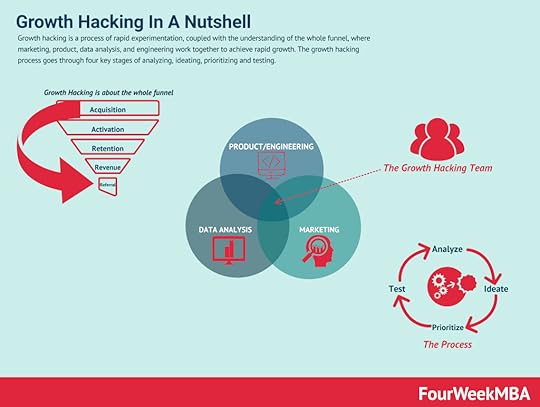 Growth marketing is a process of rapid experimentation, which in a way has to be “scientific” by keeping in mind that it is used by startups to grow, quickly. Thus, the “scientific” here is not meant in the academic sense. Growth marketing is expected to unlock growth, quickly and with an often limited budget.
Growth marketing is a process of rapid experimentation, which in a way has to be “scientific” by keeping in mind that it is used by startups to grow, quickly. Thus, the “scientific” here is not meant in the academic sense. Growth marketing is expected to unlock growth, quickly and with an often limited budget.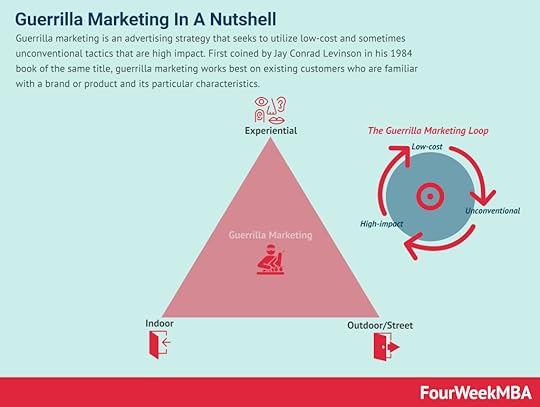 Guerrilla marketing is an advertising strategy that seeks to utilize low-cost and sometimes unconventional tactics that are high impact. First coined by Jay Conrad Levinson in his 1984 book of the same title, guerrilla marketing works best on existing customers who are familiar with a brand or product and its particular characteristics.
Guerrilla marketing is an advertising strategy that seeks to utilize low-cost and sometimes unconventional tactics that are high impact. First coined by Jay Conrad Levinson in his 1984 book of the same title, guerrilla marketing works best on existing customers who are familiar with a brand or product and its particular characteristics.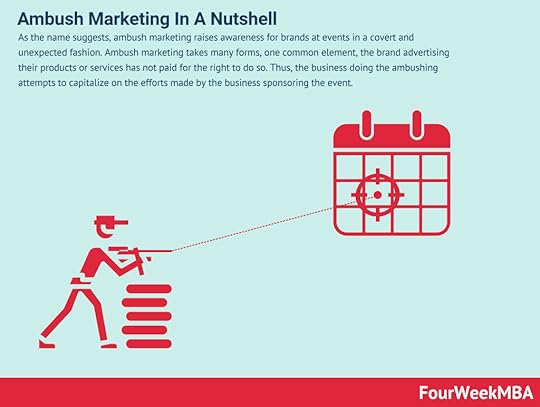 As the name suggests, ambush marketing raises awareness for brands at events in a covert and unexpected fashion. Ambush marketing takes many forms, one common element, the brand advertising their products or services has not paid for the right to do so. Thus, the business doing the ambushing attempts to capitalize on the efforts made by the business sponsoring the event.
As the name suggests, ambush marketing raises awareness for brands at events in a covert and unexpected fashion. Ambush marketing takes many forms, one common element, the brand advertising their products or services has not paid for the right to do so. Thus, the business doing the ambushing attempts to capitalize on the efforts made by the business sponsoring the event. Relationship marketing involves businesses and their brands forming long-term relationships with customers. The focus of relationship marketing is to increase customer loyalty and engagement through high-quality products and services. It differs from short-term processes focused solely on customer acquisition and individual sales.
Relationship marketing involves businesses and their brands forming long-term relationships with customers. The focus of relationship marketing is to increase customer loyalty and engagement through high-quality products and services. It differs from short-term processes focused solely on customer acquisition and individual sales.Main Free Guides:
Business ModelsBusiness CompetitionBusiness StrategyBusiness DevelopmentDigital Business ModelsDistribution ChannelsMarketing StrategyPlatform Business ModelsRevenue ModelsTech Business ModelsBlockchain Business Models FrameworkThe post What Is Greenwashing? Greenwashing In A Nutshell appeared first on FourWeekMBA.



